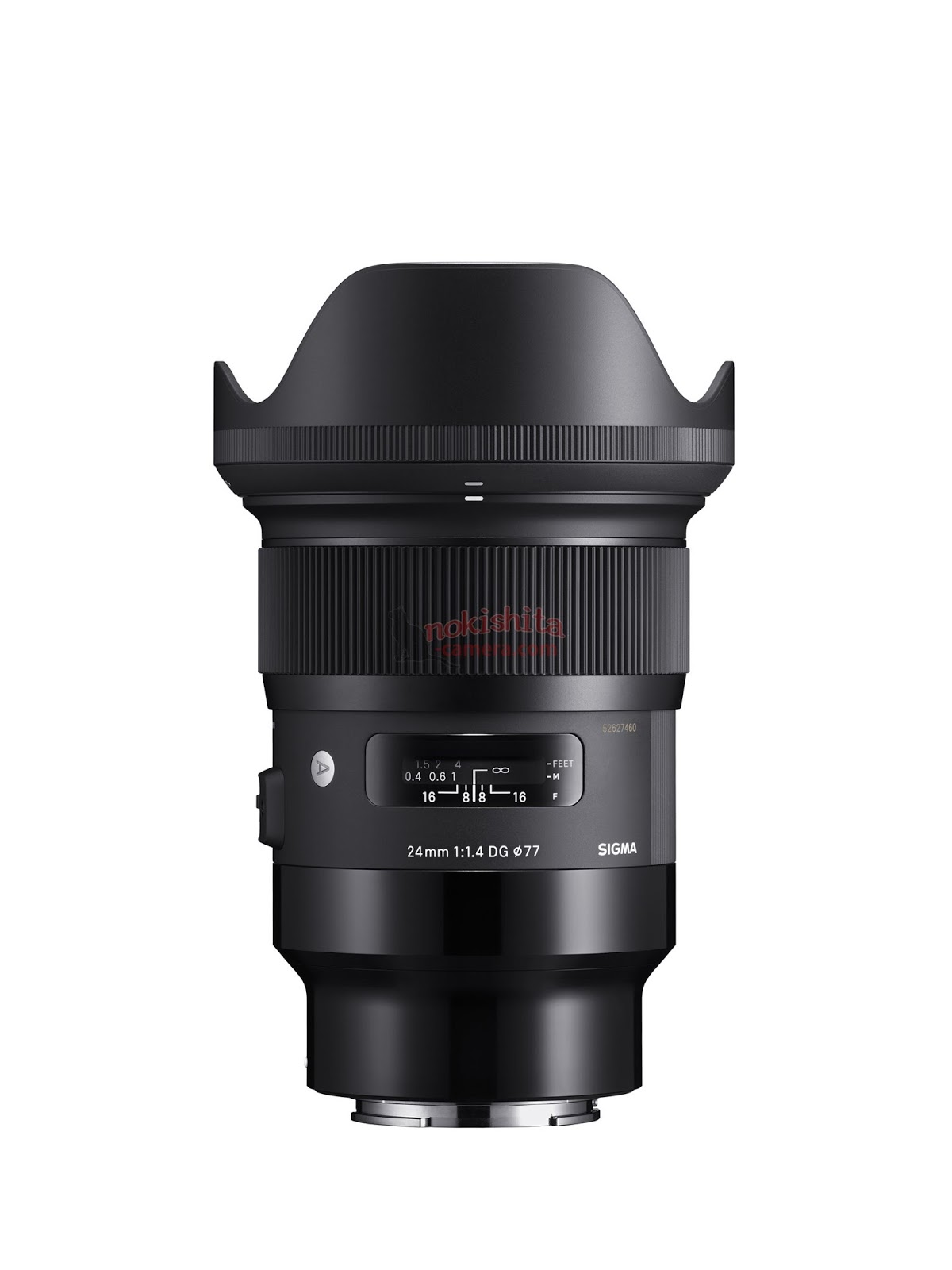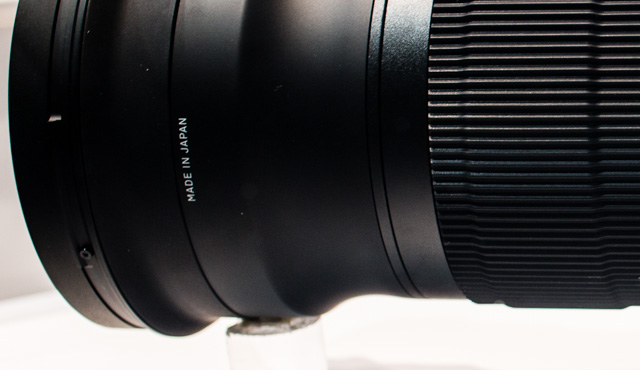

The Laowa 12-24mm f/5.6 has no image stabilizer, or any ability to communicate with a camera at all (its 'dumb' design means you're on your own), but it does provide an effective wide-angle perspective at a much cheaper price than Canon's own-brand RF lenses. There aren't a lot of budget options for RF users (yet), so if you're looking for a relatively low-cost lens, this manual-focus optic from Laowa is worth a look. So, here are the best Canon wide-angle lenses for both APS-C and full-frame DSLRs, EOS M mirrorless cameras, and the flagship EOS R series…

So, while you've got some of Canon's premium optics in the mix, there are also plenty of more budget-friendly alternatives from third-party manufacturers like Sigma, Tamron, Tokina and Laowa.

Also, users of EOS M or APS-C DSLRs (EF-S) should be aware that the crop factor will affect the perspective of the lens, and if you use a full-frame wide-angle lens on an APS-C camera, you'll lose some of the effect a 17-40mm full-frame EF lens will behave like a 27-64mm lens on an APS-C camera.įor this guide, we've made sure to pick out lenses for a range of budgets. Naturally, DSLR users with the EF and EF-S lens mounts will have the most choice, as the ranges for EOS M and RF mirrorless cameras are a lot less expansive. We've picked out the best wide-angle lenses for all Canon systems. Short focal lengths also introduce a large depth of field, which lets you keep the whole image plane as sharp as possible. They can be used to great creative effect, letting you recede the backdrop of an image and dramatically separate the main subject in the foreground. A wide-angle can be great for travel photography, for instance, allowing you to accentuate the drama and scale of tall landmarks or dazzling interiors.


 0 kommentar(er)
0 kommentar(er)
